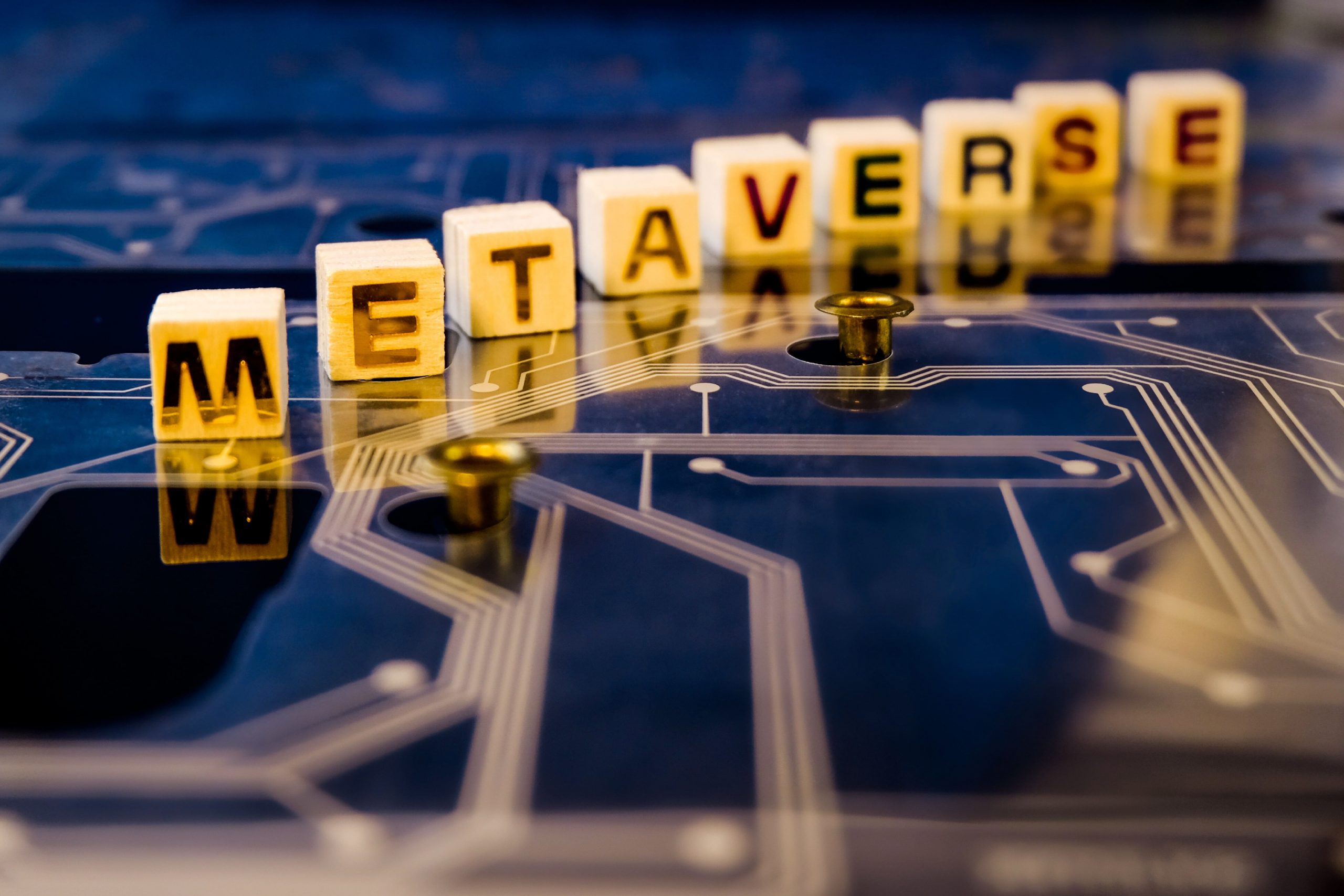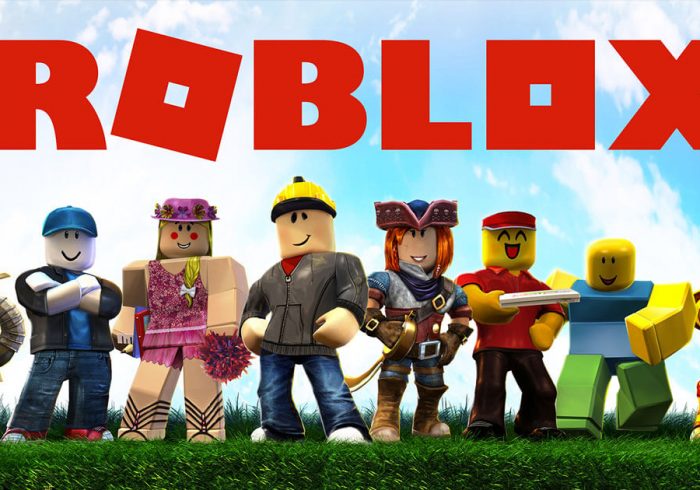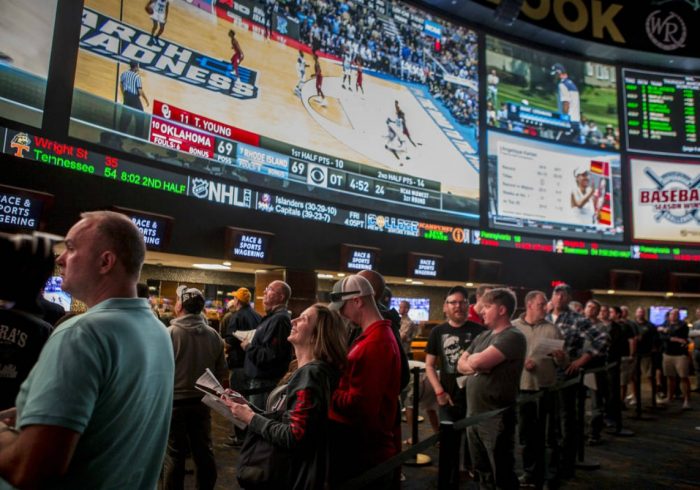A great advance for the game industry is metaverse gaming. Traditional gaming elements blended with virtual environments that seem and feel like actual locations provide a new kind of interactive entertainment. Basically, a metaverse game is a collection of large, linked locations where individuals may manage their own life, be creative, and play. Blockchain and NFTs make it possible for players to explore these virtual worlds with models that look and act like real people. They can do many things in these worlds and even own virtual goods. Metaverse games are becoming so popular that big companies like Epic Games, Meta, and Microsoft are putting money into making more of them. New technologies like virtual reality and artificial intelligence are driving this trend as they give things more lifelike and interesting appearance. Metaverse gaming will probably revolutionize the game industry by providing gamers fresh approaches to satisfy, collaborate, and create. Beyond what is feasible with conventional games, this will initiate a fascinating and enjoyable new age.
What is the Metaverse?
People may visit the Metaverse to interact with digital objects, explore many worlds, and communicate with one other in imagined ones. It’s like a large online playground where you are really there rather than just engaged in game on a screen. Meeting fresh people and having fun free from constraints in the actual world may be found in the Metaverse. You may embark on amazing adventures, see a concert without leaving your home, or converse with pals in a virtual café.
At the core of the Metaverse and enable these occurrences are a few really crucial instruments. One of them is virtual reality (VR), which transports viewers into three-dimensional environments that seem very genuine therefore offering them immersive experiences. Conversely, augmented reality (AR) enhances daily experiences by overlaying digital information onto the actual surroundings, therefore combining digital components with the real world. Another essential element is blockchain technology, which guarantees transparent and safe Metaverse transactions thereby enabling users to own, trade, and profit from digital assets. These technologies used together provide a seamless, dynamic digital world where many opportunities are waiting.
The Role of Virtual Reality in Metaverse Gaming
Virtual reality (VR) gives gamers an unmatched feeling of immersion, hence transforming Metaverse gaming. Players of VR headsets are carried into 3D virtual worlds where they may interact with their environment as if they were really there. This technology lets one be more present, which helps interactions to be more realistic and experiences more interesting. In ways that seem rather realistic, users may explore amazing settings, control objects, and interact with other people. Being “inside” the game helps one to appreciate the whole richness of the gaming experience and makes every move and choice more important.
Creation of this realistic experience depends critically on VR headsets and other equipment. With a broad field of vision and accurate motion tracking, headsets like the Meta Quest and HTC Vive are meant to surround users in a digital environment. These gadgets record the player’s head motions so they may naturally gaze around and investigate their surroundings. Apart from VR headsets, haptic feedback devices and sophisticated controllers support the realism by providing tactile sensations that replicate the actual contact and interaction with virtual items. These technologies used together provide an interesting and realistic game environment where users may immerse themselves in the wonder and thrill of the Metaverse.
The Impact of Blockchain and NFTs in Metaverse Gaming
Blockchain technology and non-fungible tokens (NFTs) have transforming effects on the metaverse gaming space, therefore altering player interaction with in-game assets. Historically, in-game objects such skins, avatars, and weaponry were limited by the environment of a game, therefore restricting players’ options with them. Blockchain technology, however, introduces actual ownership, therefore removing these obstacles. Players may now own, purchase, and trade their digital assets across many sites using NFTs. Every NFT is distinct and verifiable on the blockchain, allowing users to trade or highlight their goods in many metaverse venues. This development offers a fresh degree of involvement as players may participate in active, player-driven marketplaces where their digital objects have actual worth.
The idea of digital ownership in the metaverse marks major economic consequences rather than just personal ownership. Players who purchase and sell in-game assets help to create a distributed economy that could reflect actual markets. Like tangible real estate or antiques, virtual land or exclusive avatars might rise in value, for instance. This gives users chances to make money as they play, therefore turning gaming from a possible revenue source into one. Furthermore, NFT interoperability lets these assets be used in other games, hence improving their value and appeal. The mix of gaming, blockchain, and NFTs is poised to alter economic interactions in digital environments as the metaverse expands, providing gamers not only amusement but also real money possibilities.
Popular Metaverse Games to Explore
Among the most often used metaverse games available in the gaming scene are Decentraland, The Sandbox, and Axie Infinity. By letting users explore a large, dispersed virtual environment where they may purchase, trade, and develop on virtual land parcels using the platform’s money, MANA, Decentraland provides a unique experience. Those interested in digital investment and business love this game because of its creative flexibility and chance to profit from their virtual real estate.
Another fascinating metaverse game attracting the interest of creative people who like construction and exploration is The Sandbox. Using its own money, SAND, it lets gamers design, control, and profit from their gaming experiences. The attraction of the game is found in its user-generated content, which lets users construct their own virtual worlds and experiences using a strong suite of creating tools. This interactive method of game development helps to build a robust community of gamers eager about producing original material.
Combining blockchain technology with gaming aspects, Axie Infinity is unique among the play-to- earn models. Inspired by Pokémon, players gather, clone, and fight fictional species called Axies. Axie Infinity distinguishes itself by including NFTs, which let users really own their in-game assets and maybe generate actual cash. Particularly in areas where players may greatly profit from the game’s earning potential, this rare combination of enjoyment and money possibility has made it a huge success. These games, which provide varied experiences appealing to players from many walks of life, epitomize the creative energy of metaverse gaming.
The Social and Economic Potential of Metaverse Gaming
People are connecting and creating communities in virtual environments thanks in great part to metaverse gaming. Represented by their digital avatars, players may communicate with one another, build alliances, and even establish whole communities within these lifelike settings. Advanced technologies like VR and AR promote the social component of metaverse gaming as they make the experiences more realistic and interesting. Players create connections that go beyond the story of the game as they explore several worlds, go to virtual concerts, or engage in group games. As participants work on projects, share their original works, and express themselves via their digital personalities, this energetic social fabric inspires creativity.
Economically, the metaverse offers gamers great chances to create actual revenue. Using cryptocurrency, gamers of these games are buying, selling, and exchanging digital goods ranging from virtual land to distinctive digital clothes, therefore creating vibrant virtual economies inside these games. Here, non-fungible tokens (NFTs) are quite important as they let one to own and exchange digital goods with actual worth. By monetizing their gaming experiences, users may turn their time spent in virtual worlds into real benefits as they participate in these activities. Metaverse gaming is a fascinating area in the digital terrain as it combines social interaction with economic possibilities that provide many opportunities for both personal and financial development.
Conclusion
Through cutting-edge technology like virtual reality, augmented reality, and artificial intelligence, metaverse gaming marks a radical change in the gaming scene and provides an immersive and engaging experience. Metaverse games are ushering in a new era of gaming by giving players a platform where they may explore new worlds, participate in various activities, and gain real-world value via virtual economies. They help to create a worldwide community where people may interact and cooperate by enabling increased feeling of player agency, customizing, and sociability. Leading the charge with platforms like Decentraland, Somnium Space, and The Sandbox, the Metaverse also offers developers and companies rich chances to create and profit on digital economies run by blockchain and NFTs. The possibilities of Metaverse gaming are expected to grow even more as technology develops, perhaps becoming essential and powerful element of the larger game ecosystem.




